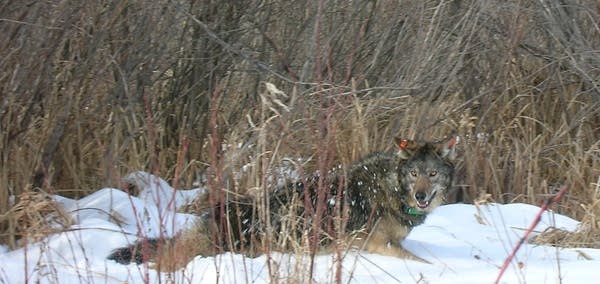Summit on resuming state control of wolves set in Wisconsin

File photo of a gray wolf.
File photo courtesy of the Minnesota DNR
Go Deeper.
Create an account or log in to save stories.
Like this?
Thanks for liking this story! We have added it to a list of your favorite stories.


